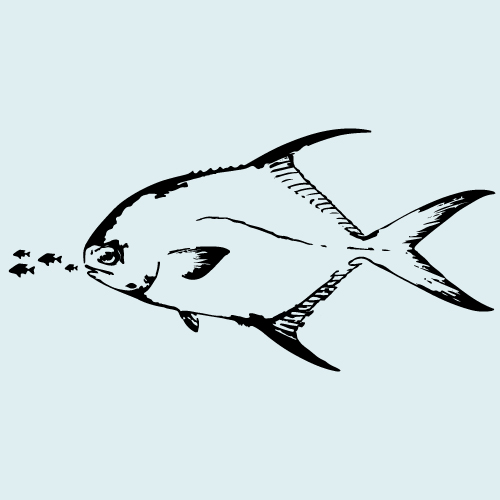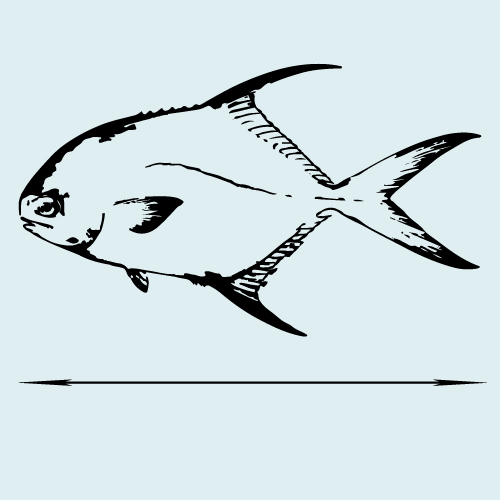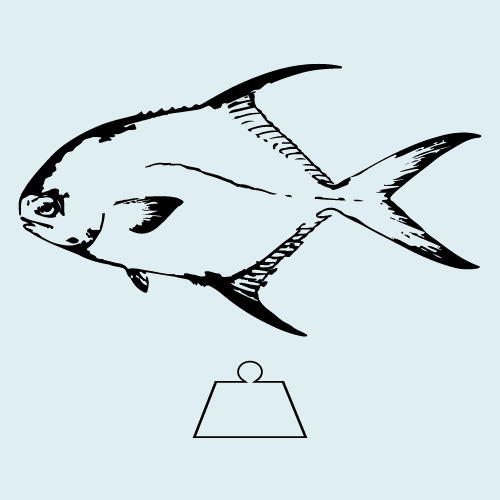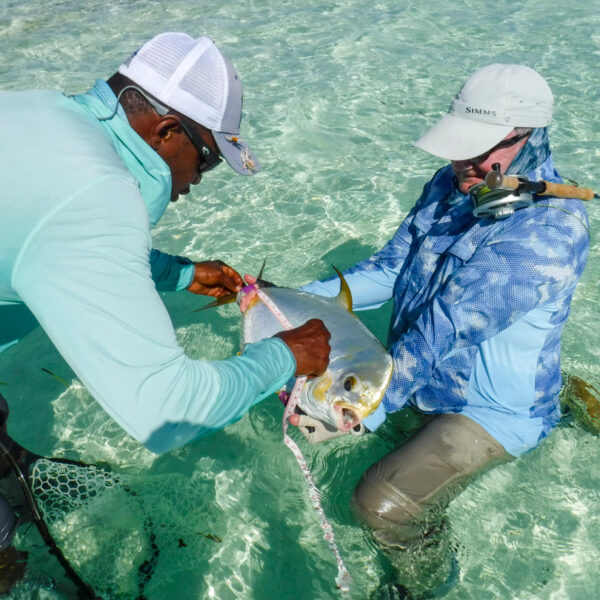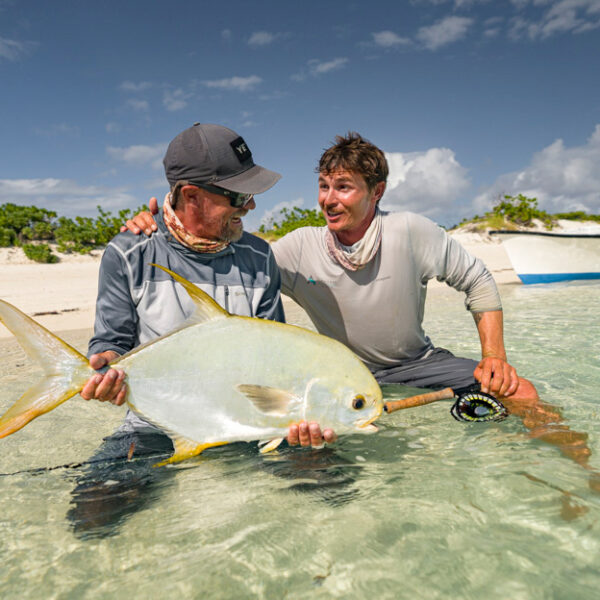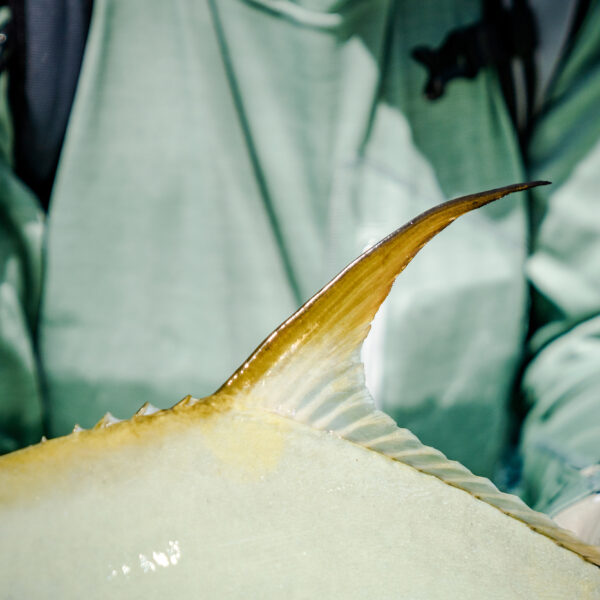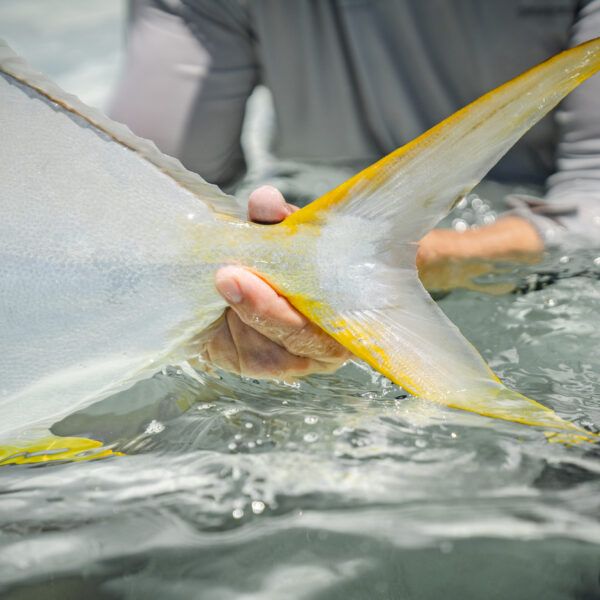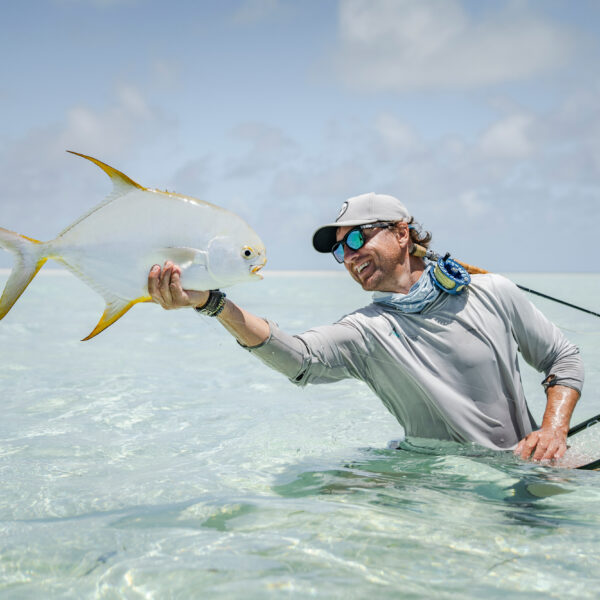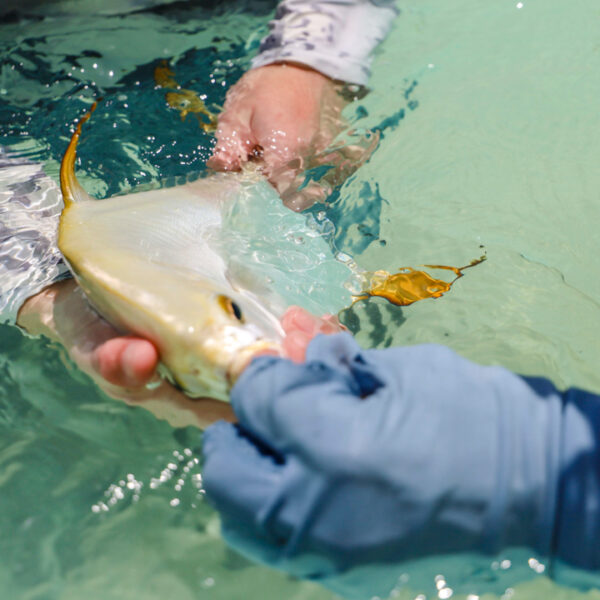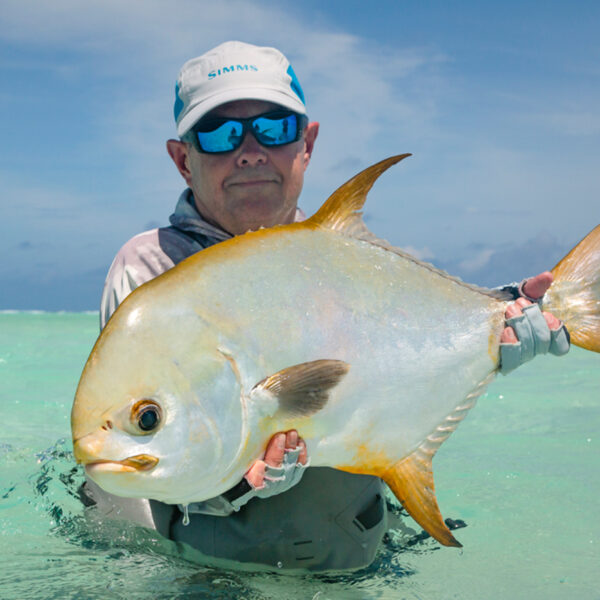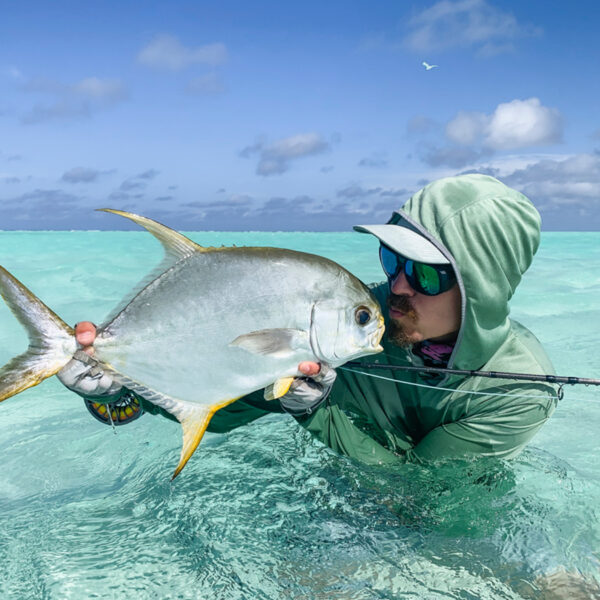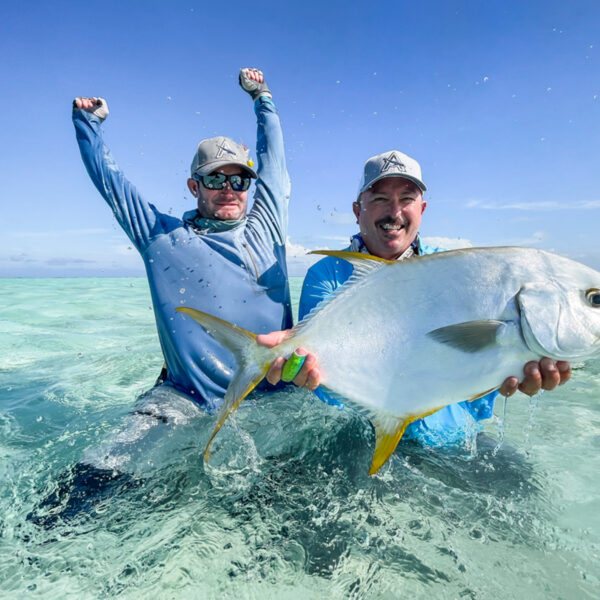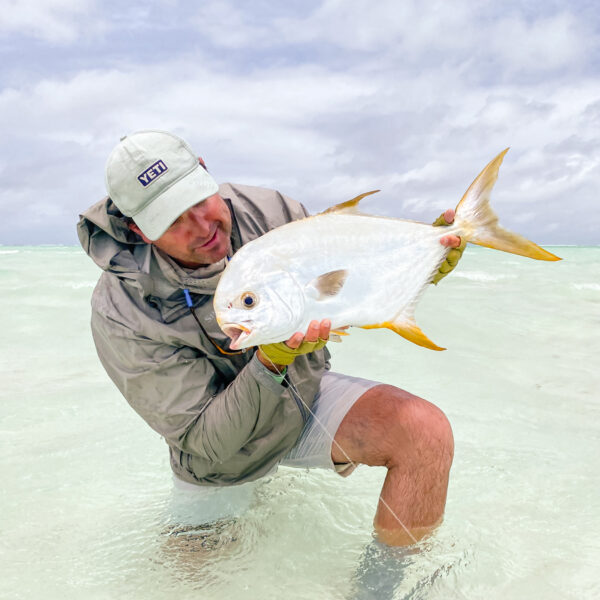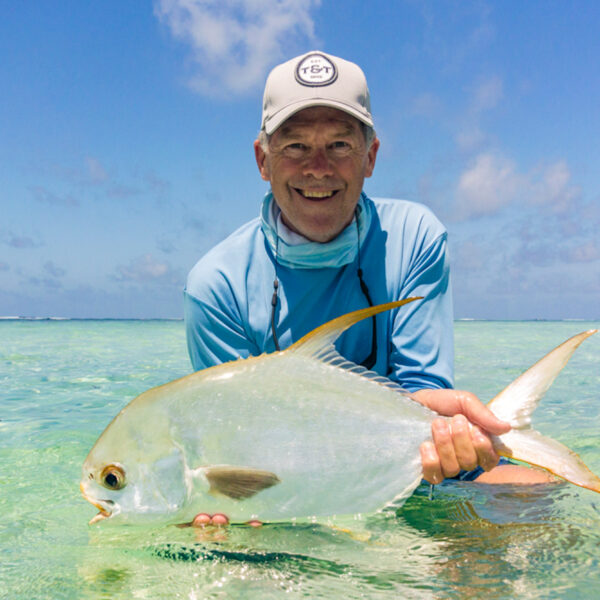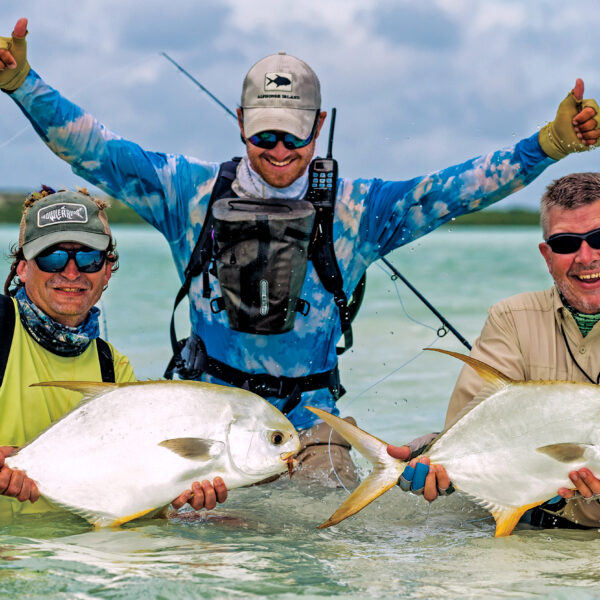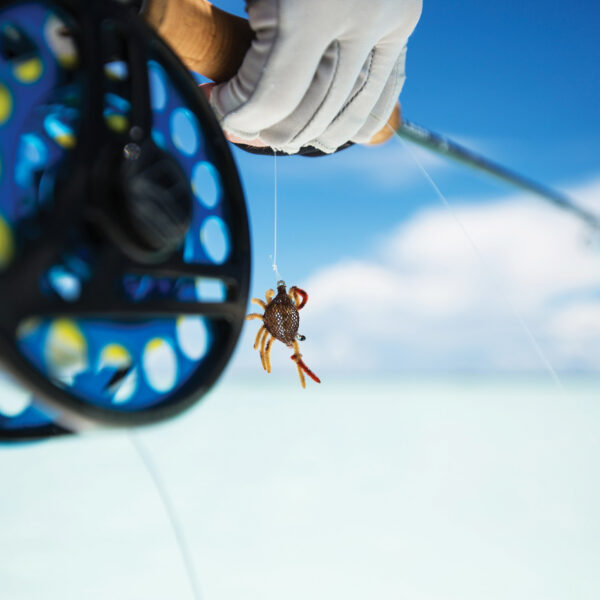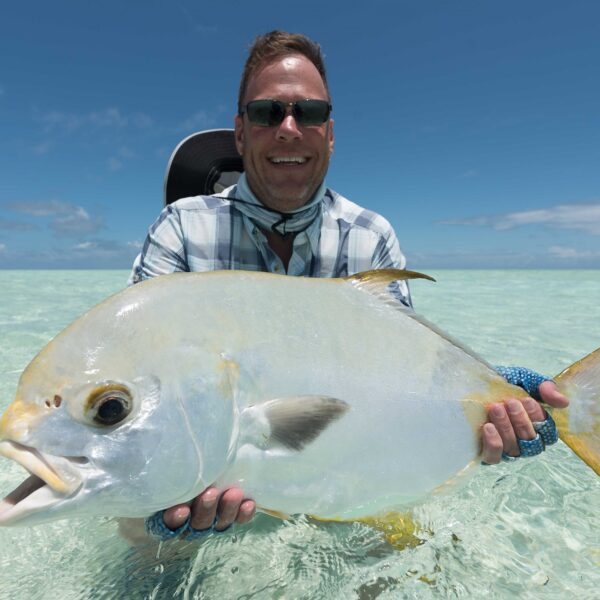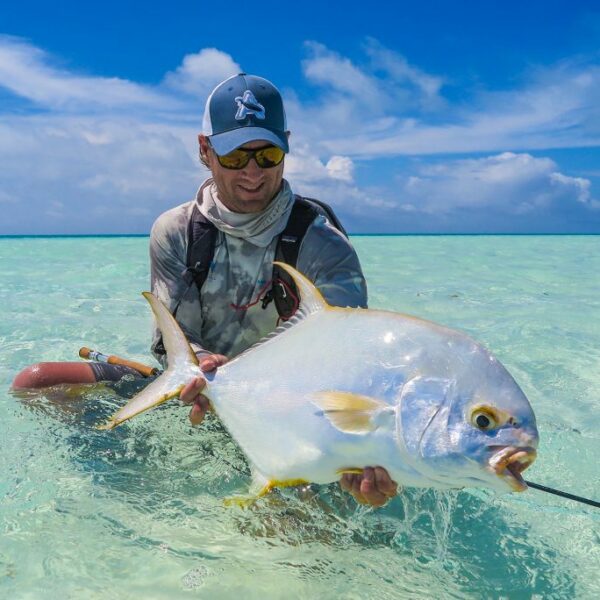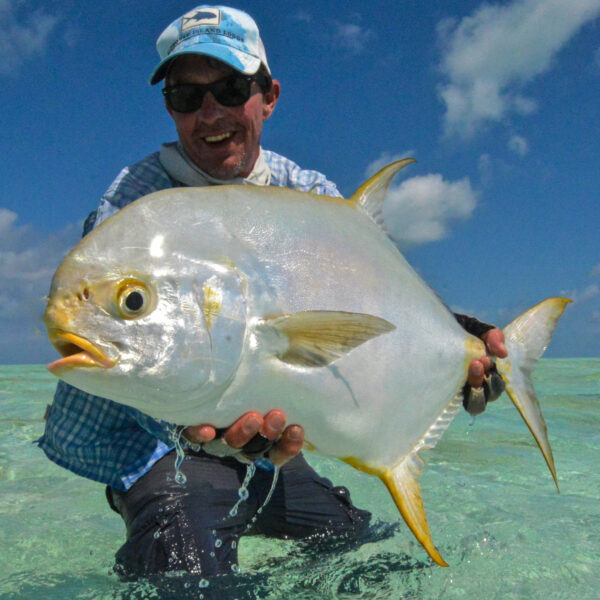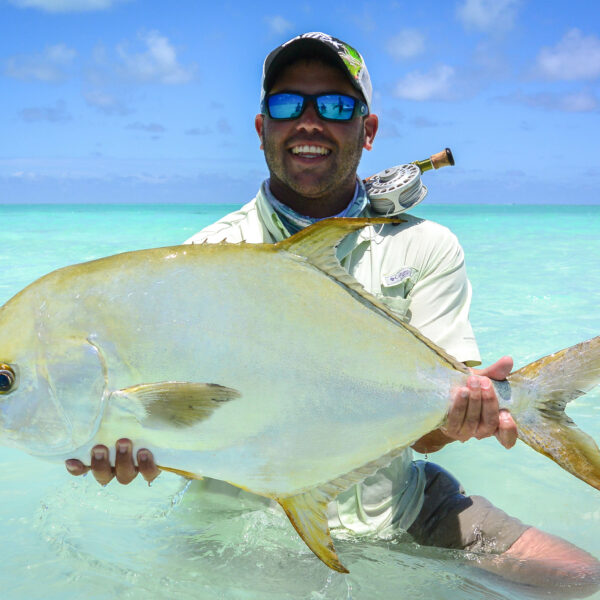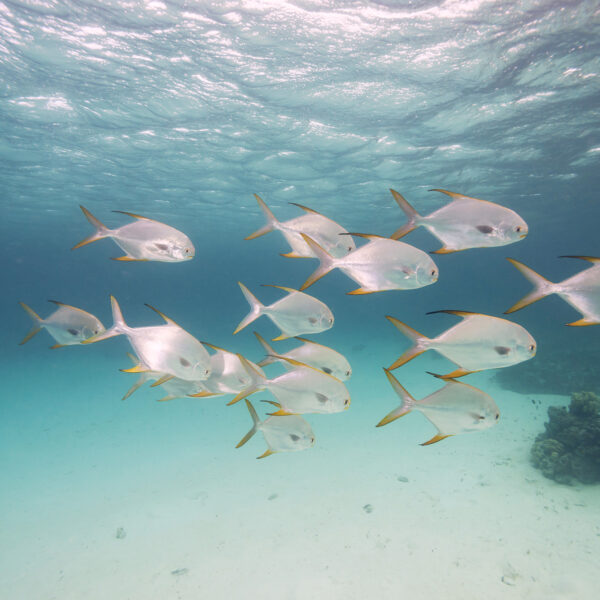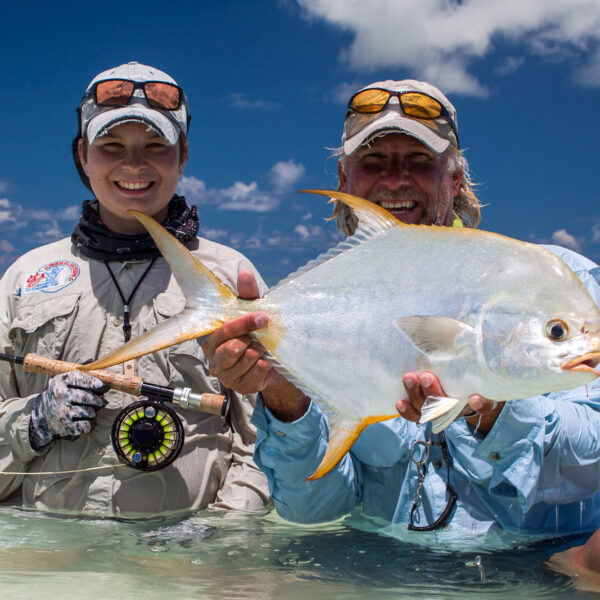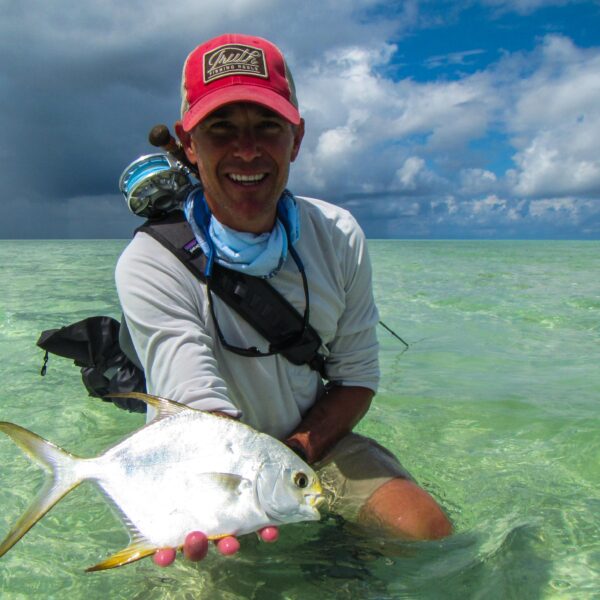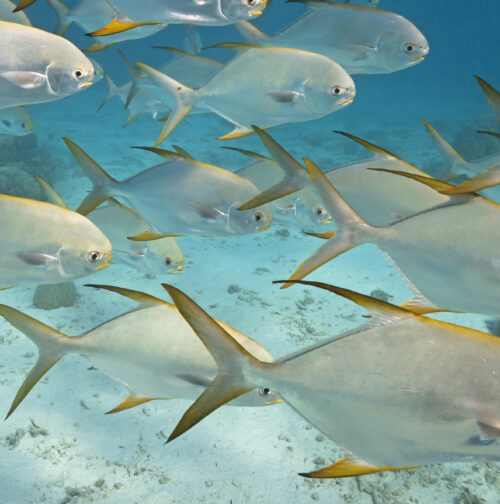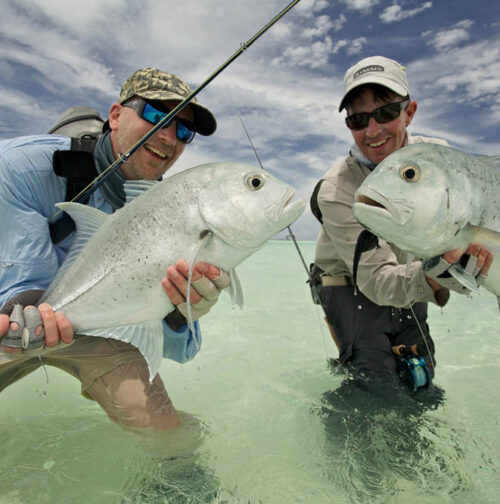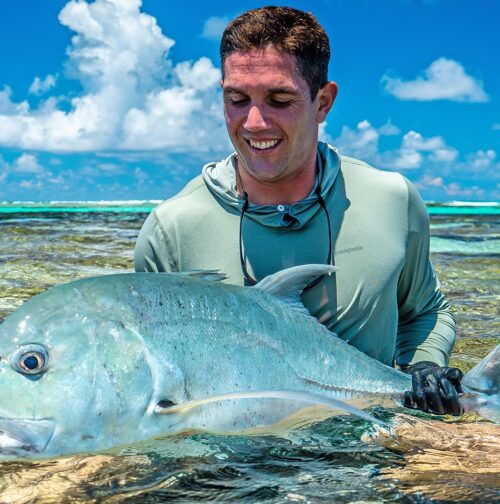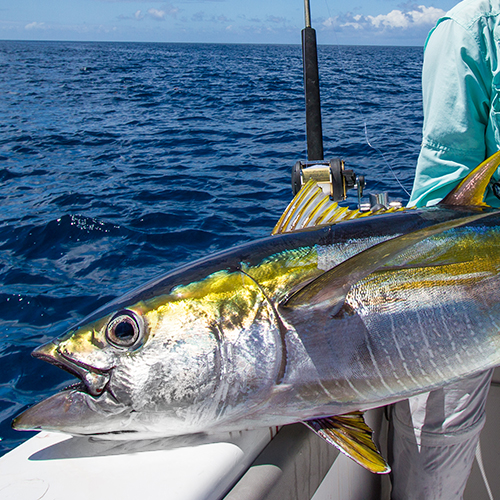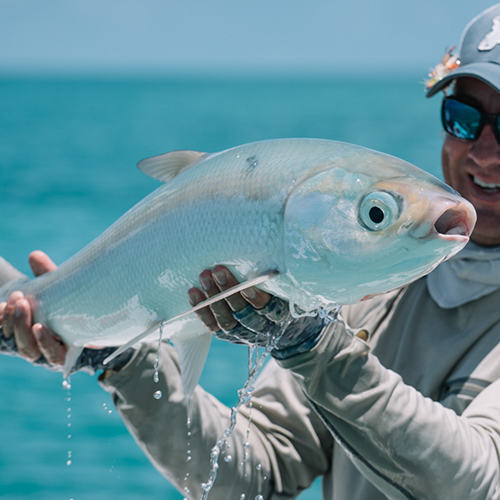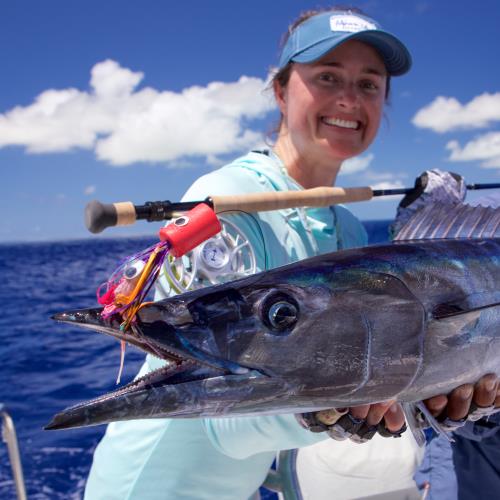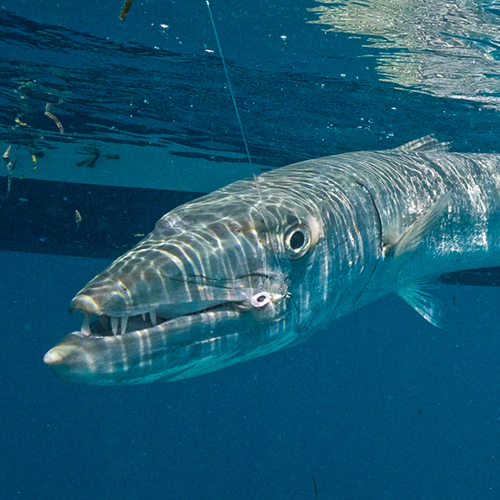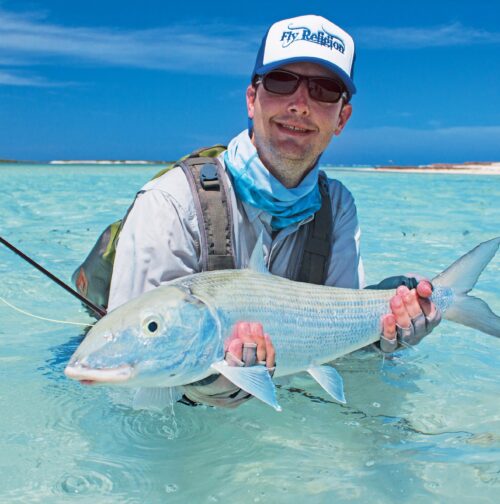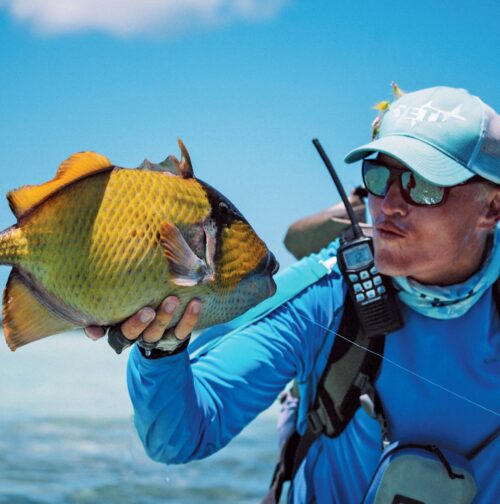Here are 3 flies that will always be in our guides’ fly boxes.
New Travel Regulations and Last Minute Availability
As of the 25th of March, Seychelles is welcoming guests from everywhere in the world, regardless of their vaccination status. The only requirement is a negative PCR test within 72 hours of departure, as well as a Health Travel Authorisation. Enjoy this opportunity to truly get away from the crowds and experience the blissful isolation offered by our destinations in the Outer Islands of Seychelles.
New Travel Regulations and Last Minute Availability
As of the 25th of March, Seychelles is welcoming guests from everywhere in the world, regardless of their vaccination status. The only requirement is a negative PCR test within 72 hours of departure, as well as a Health Travel Authorisation. Enjoy this opportunity to truly get away from the crowds and experience the blissful isolation offered by our destinations in the Outer Islands of Seychelles.

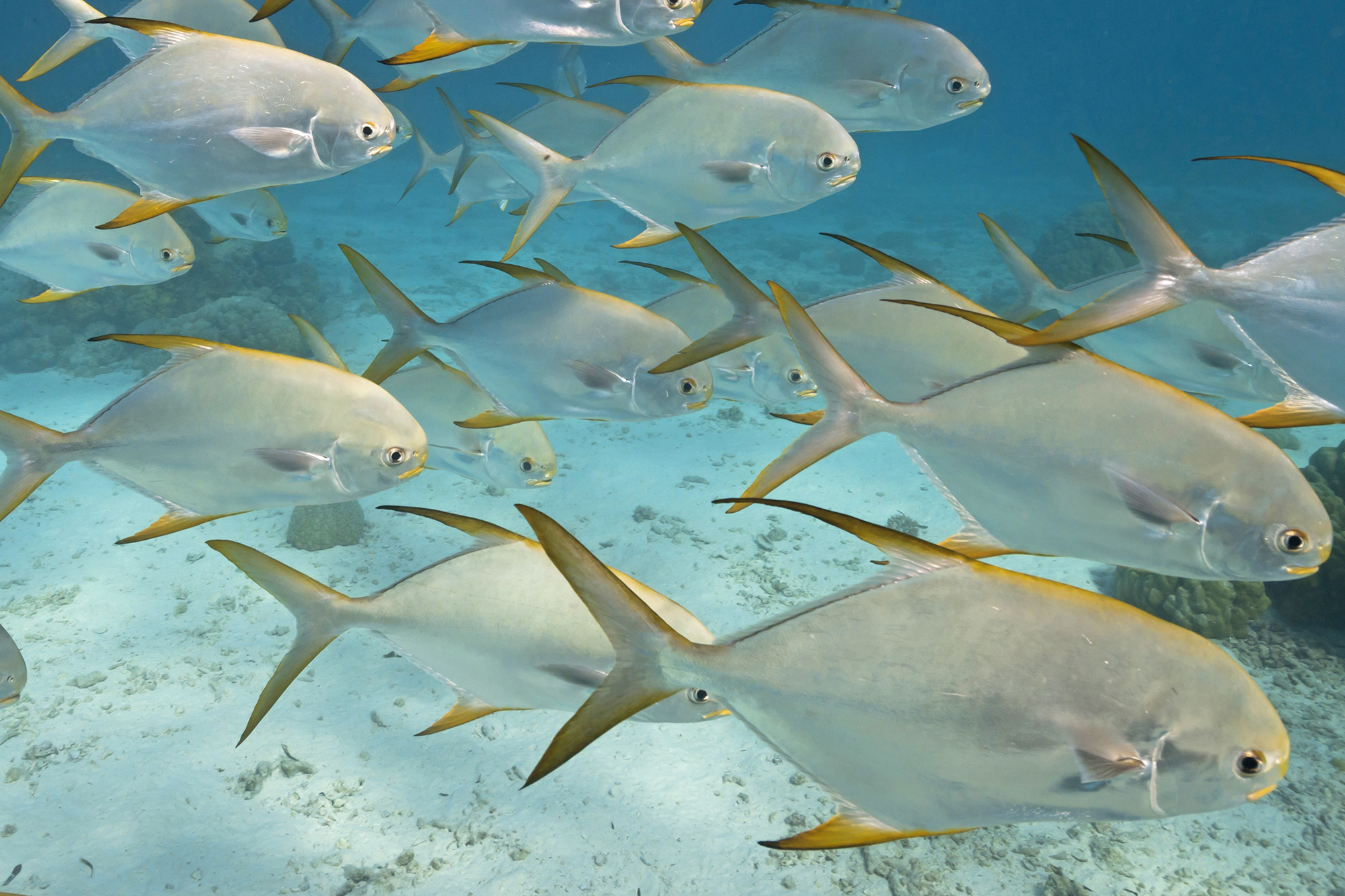
Indo - Pacific Permit Fly Fishing
Golden-yellow fins with big, black eyes are the most striking features of an Indo-Pacific permit. Apart from that, they are well camouflaged on the backdrop of white sand, turtle grass, or coral flats. Their body is a silver, almost mirror-like colour that reflects their habitat, making them nearly invisible to the untrained eye.
“Serious fly fishermen are all aware that catching a permit marks a personal epoch in the sport” – Thomas McGuane
Key facts about the Indo-Pacific permit
The search for Indo-Pacific permit
Permit generally like to frequent and inhabit the same particular areas, which makes targeting them easier. The Alphonse guide team has certainly figured out the best spots to locate them throughout the various destinations! Each of the different atolls around Seychelles has its own unique style and approach when targeting permits. Rays act as magnets on the flats, pulling in several different types of species, and permit definitely falls into this category as they are often targeted and caught off rays.
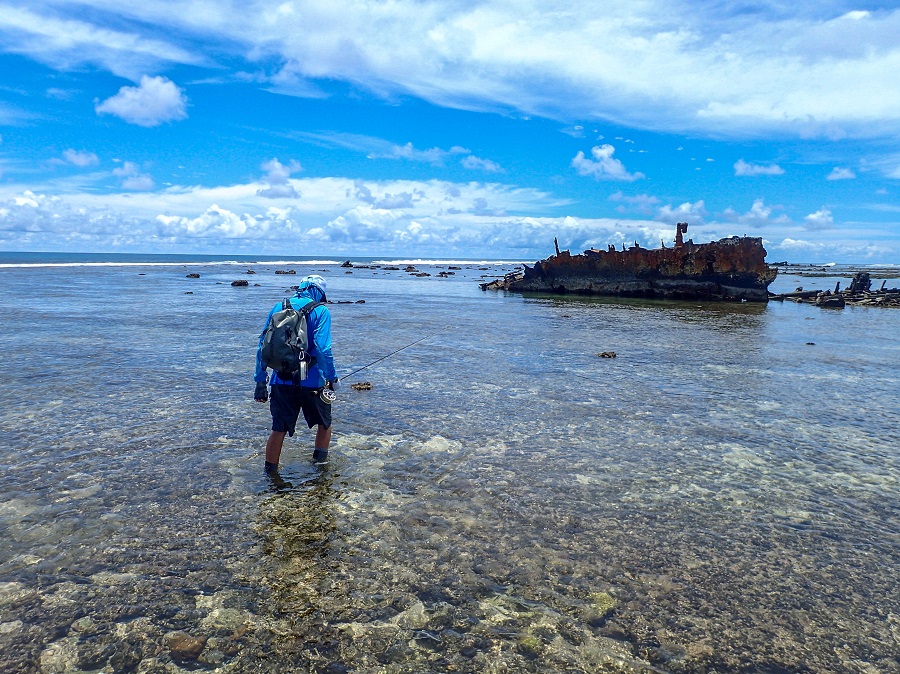
Best flies to catch a Indo-Pacific permit
-
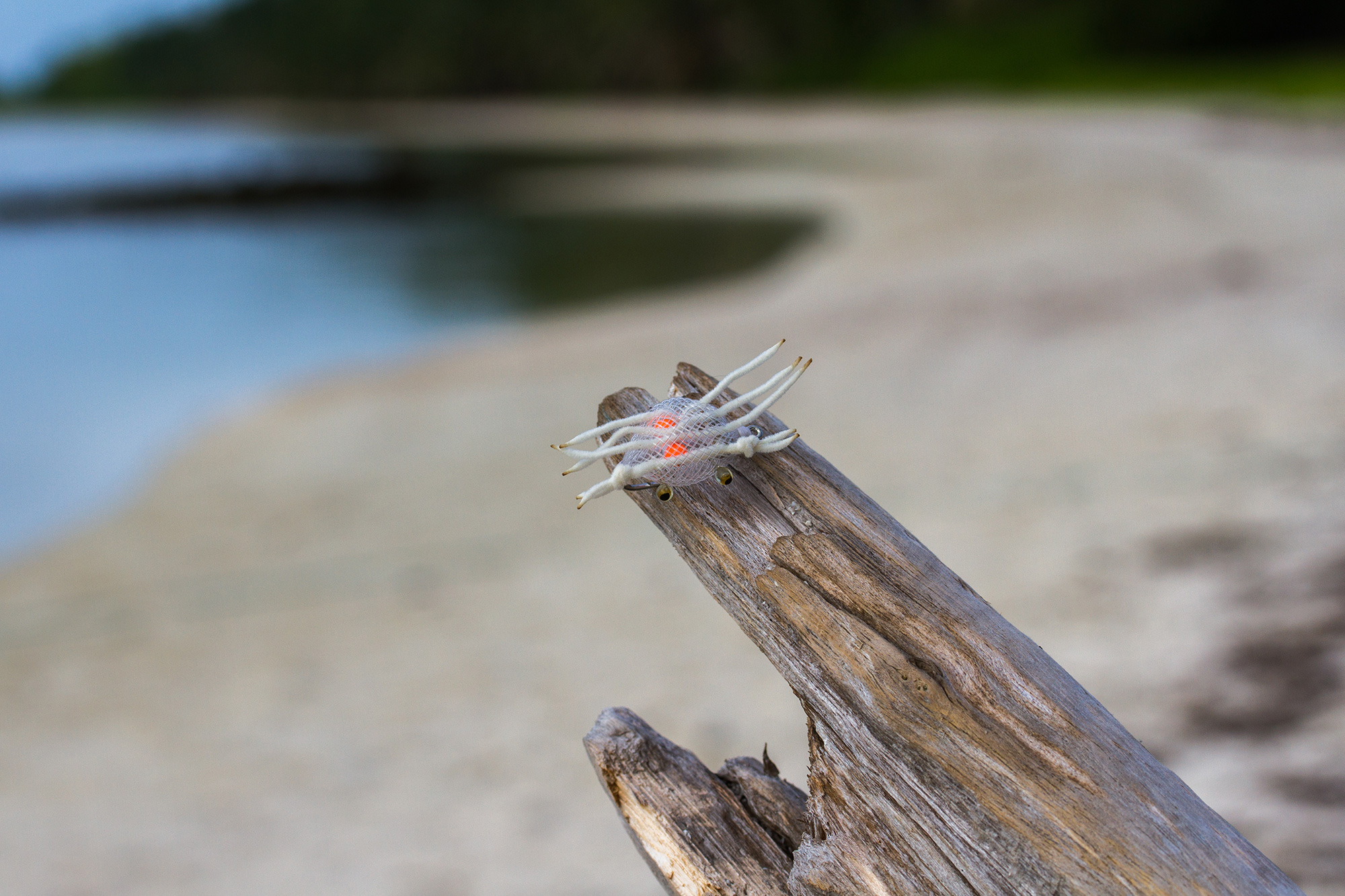
Alphlexo Crab Fly
An Alphlexo Crab fly has been revolutionary in terms of landing Permit! This fly is extremely realistic in size, colour, and even texture. When targeting Permit, these flies are absolutely crucial to have in your box. A must-have in any Permit-enthusiast’s box
 available On Island
available On Island
-
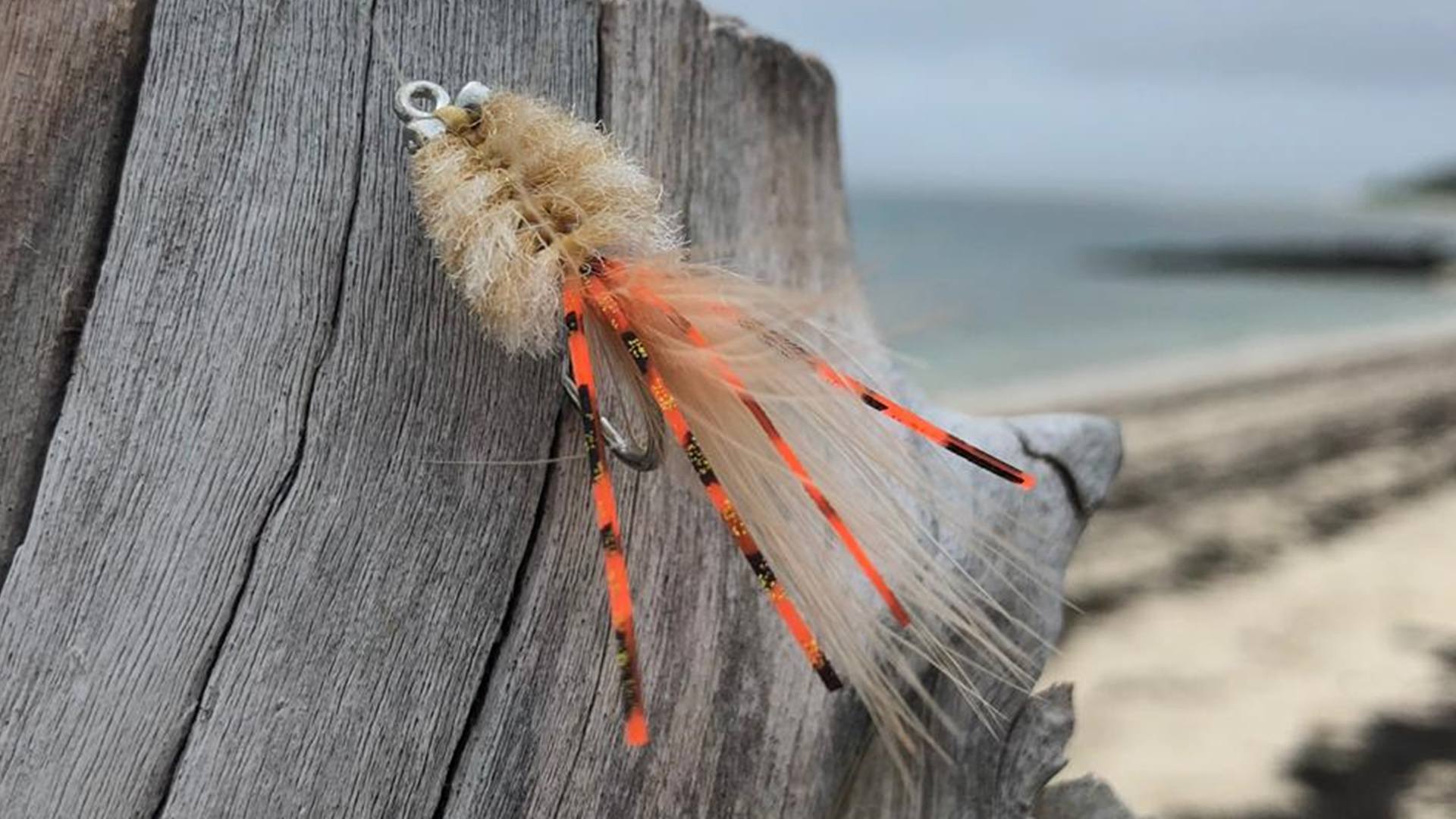
Fleeing Crab Fly
The fleeing crab fly imitates exactly what its name suggests, i.e., a crab that is on the move. It is a simple pattern but highly effective. It can be tied in various colours and sizes. However, the most common colour is barred tan and white with orange rubber legs.
 available On Island
available On Island
-
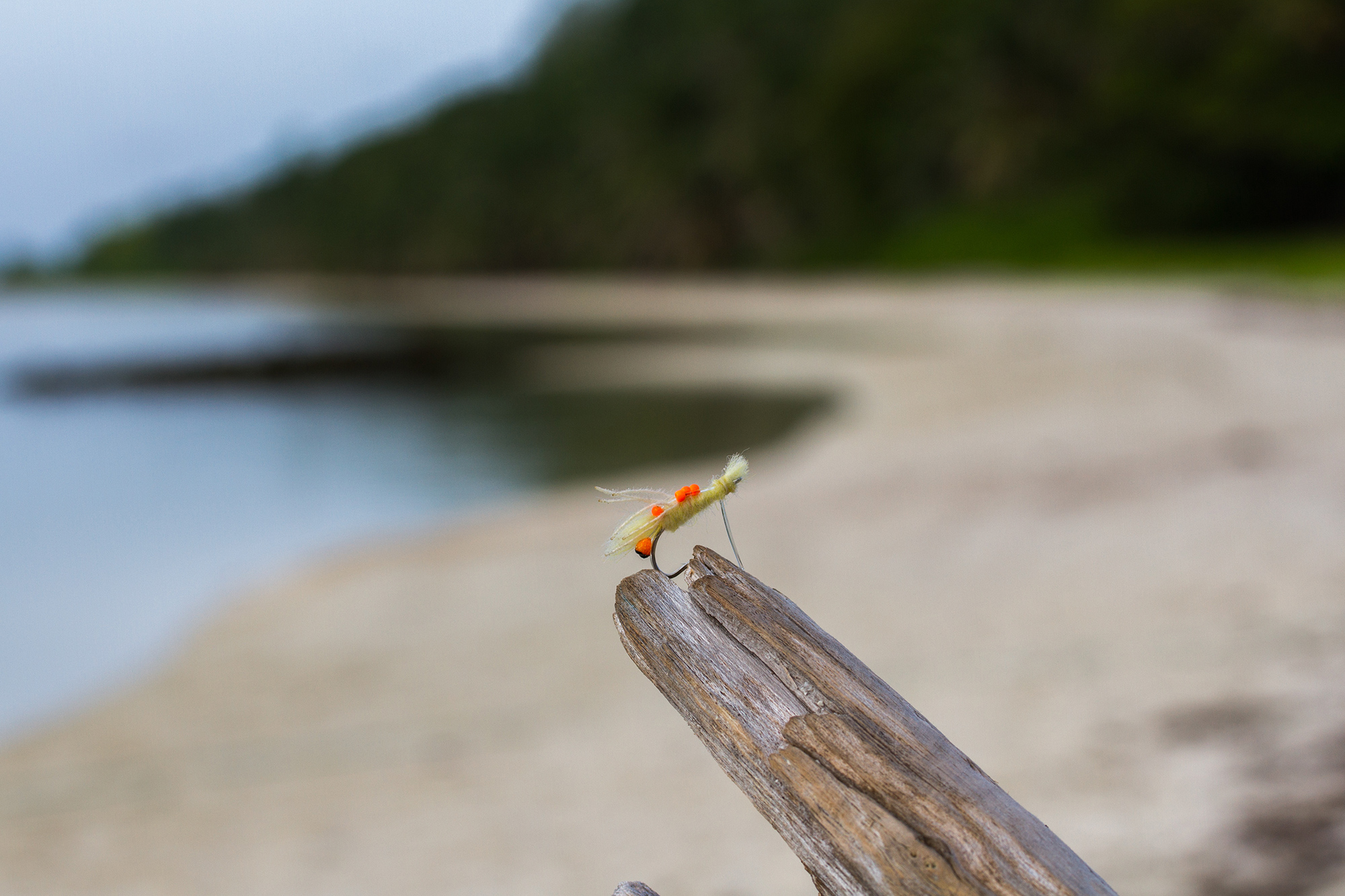
James Sand Fly
A nice, bright fly that draws the attention of a Permit from some distance away. It can be fished by either retrieving it along the bottom or mid-water column. The big eyes of these flies are a dominant feature, acting as a great trigger to attract and entice a Permit to eat it.
 available On Island
available On Island
Best Indo-Pacific Permit Rod Set Up
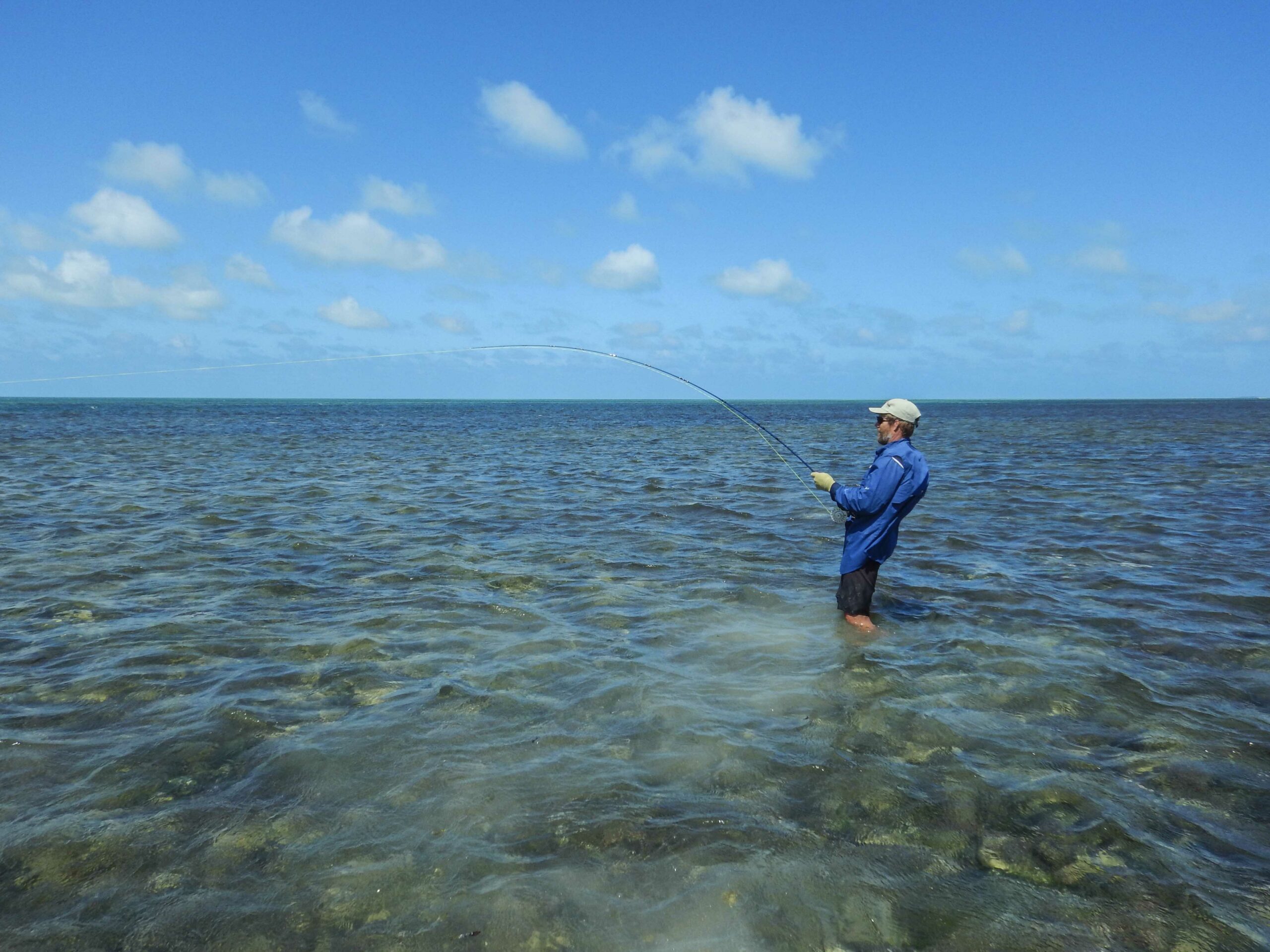
Best Tides For Indo-Pacific Permit
Like all flats fishing, the tide plays a massive role when targeting these saltwater fish. Generally, the best time to attempt to target permit is over the Neap Tide cycle when the water movement is slower.
We believe this is because they can feed more comfortably, as opposed to Spring Tides when the water is moving faster over the flats, causing a greater current, thus making it harder to feed as they look for morsels of food along the bottom.
Making The Catch
After seeing your permit, your first task is to fire off a quick prayer to the fishing gods. Permit species have not obtained the reputation of being the fish of a thousand casts for no reason! These saltwater fish are extremely sensitive to their surroundings and spook more easily than any other fish. Everything has to be perfect in order to land a permit. A Stealthy Approach Firstly, your approach has to be stealthy. Your cast has to be deadly accurate in terms of fly presentation, as anything too close will scare the fish, and anything too far will not get a response from the fish at all. If a re-cast is needed, lifting the line off the water too vigorously will again make noise and inevitably result in a spooked fish. Permit Fish React Differently To Flies All permit to react differently to flies, mostly depending on their mood. Some need to be caressed into eating the fly by specific stripping techniques, others need a few casts or, if possible, a fly change or two, while yet others need no enticing at all as they can very aggressively inhale the fly the moment they see it. Once hooked, they fight right to the bitter end and often struggle to get into the net, so patience all the way through the fight is vital!
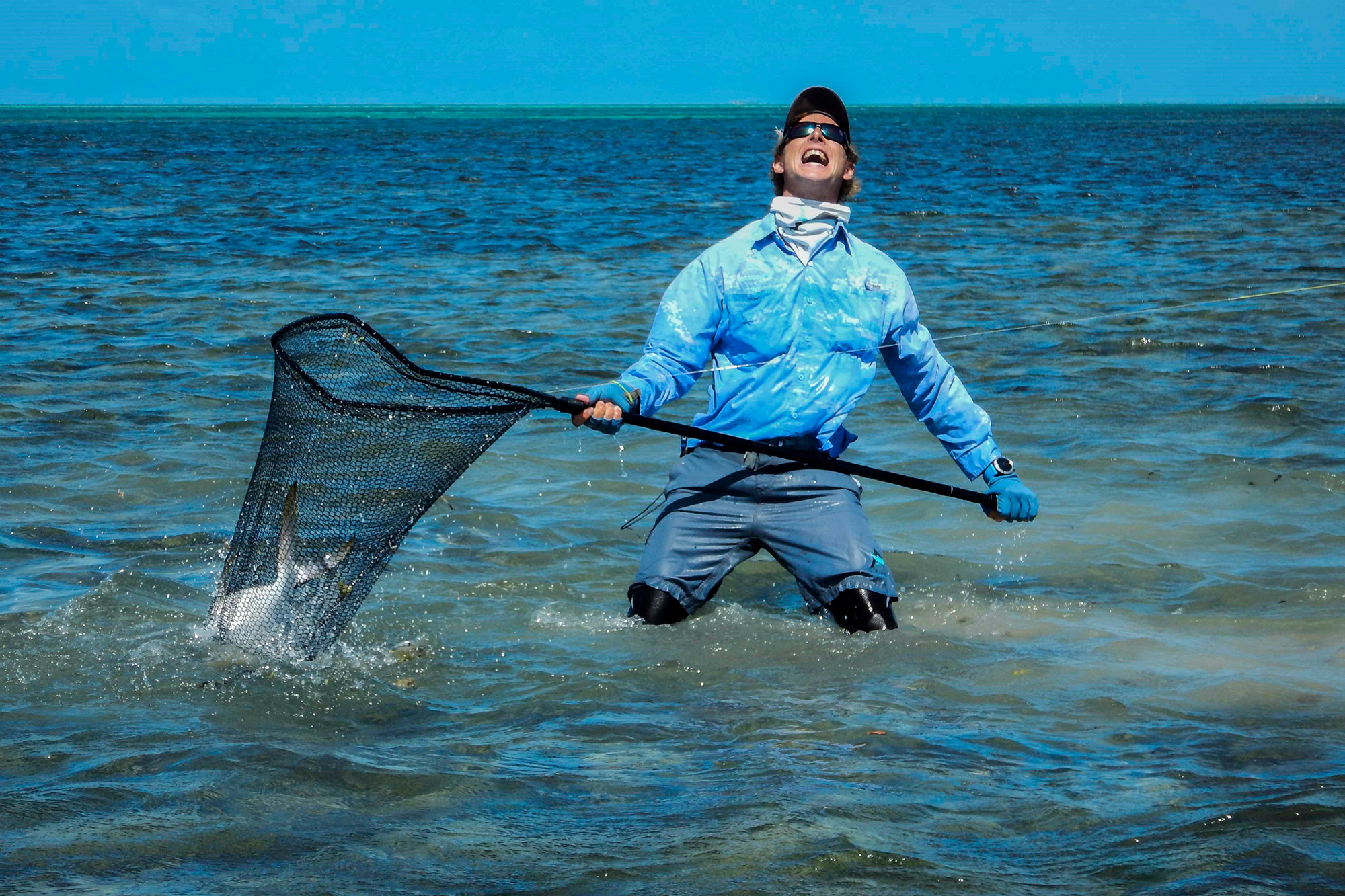
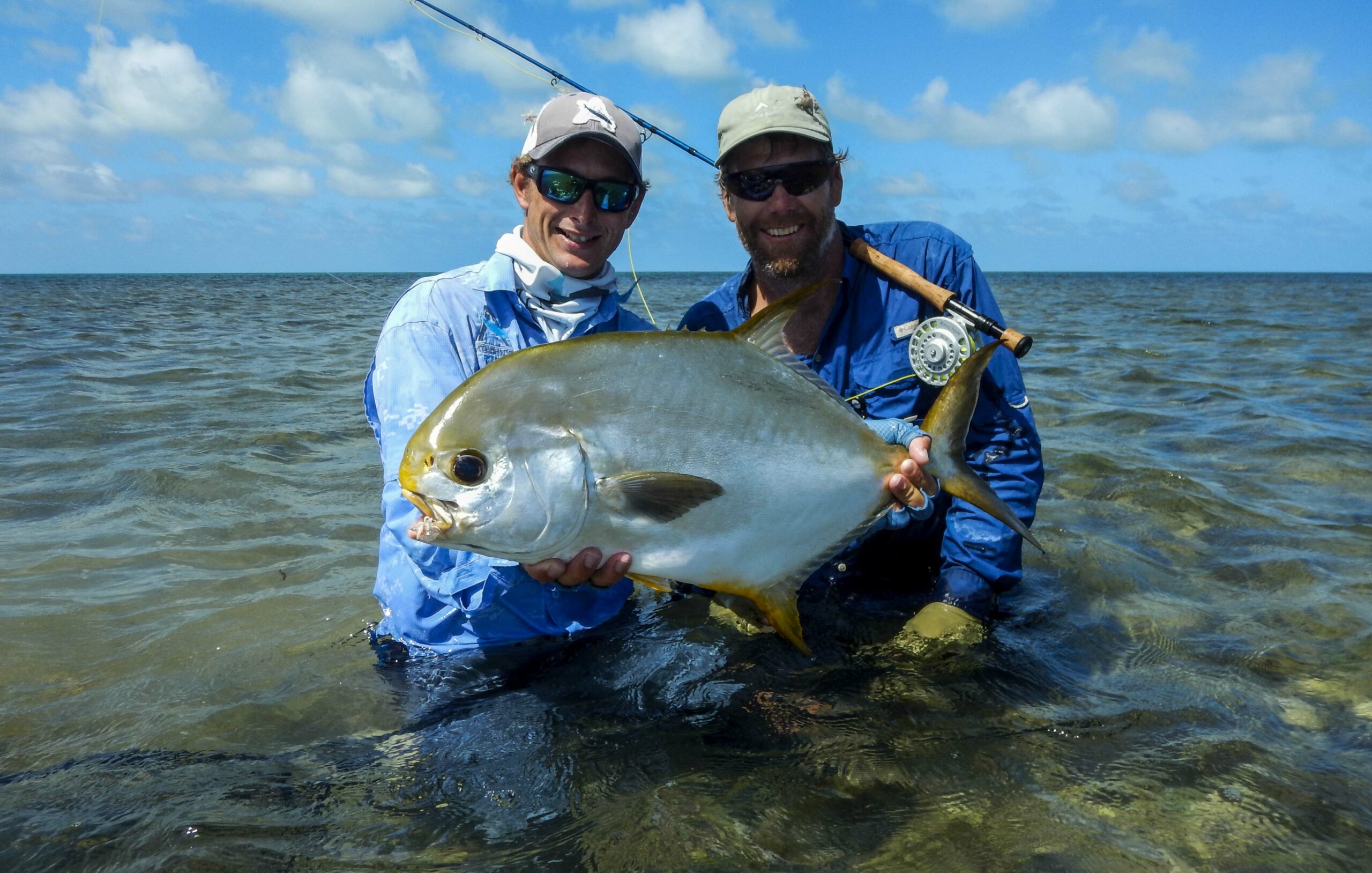
Photos of Indo-Pacific permits caught on a fly
Past Indo-Pacific permit catches with Alphonse Fishing Co™
"They are like the golden trophies of fly fishing" - Keith Rose-Innes
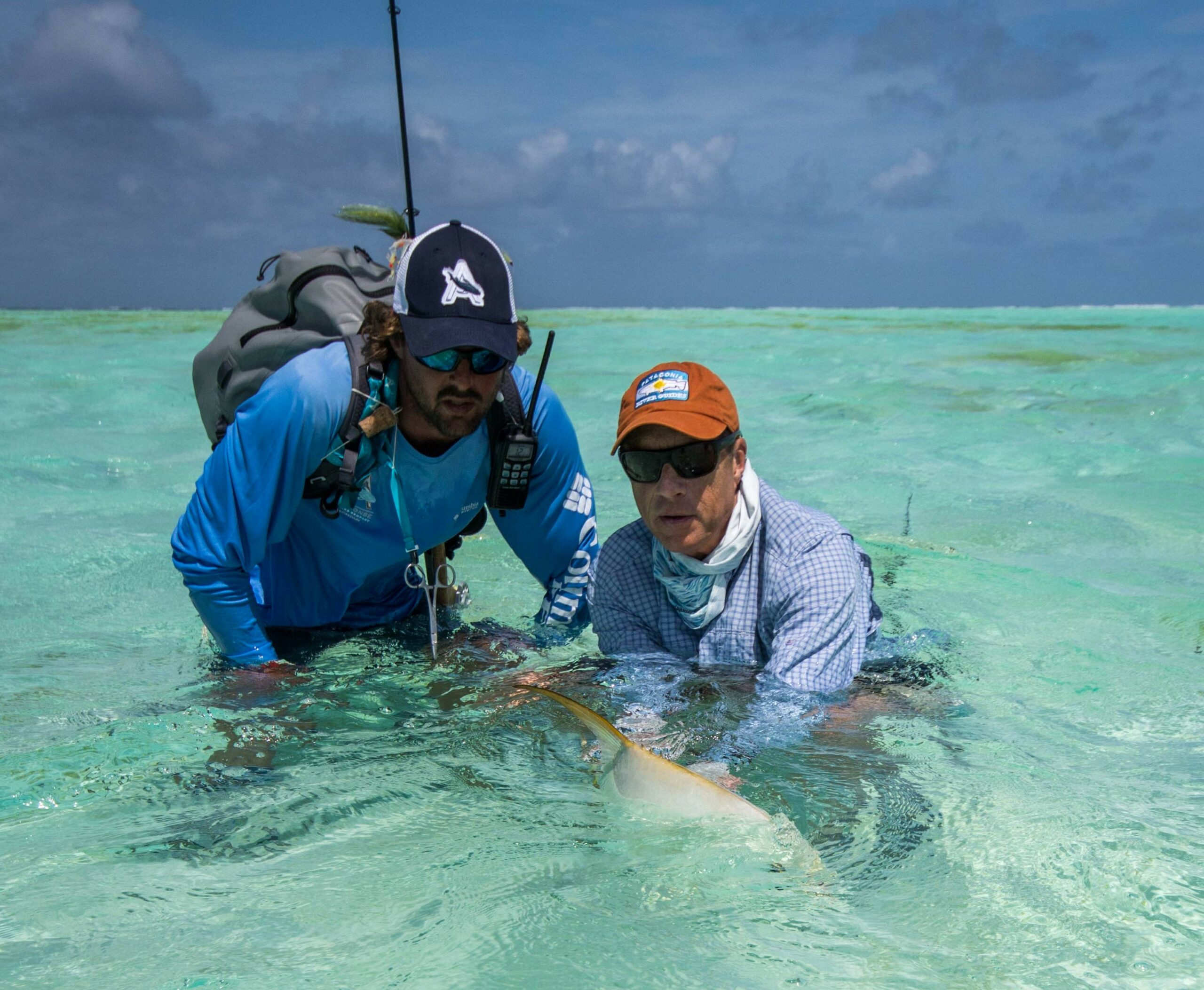
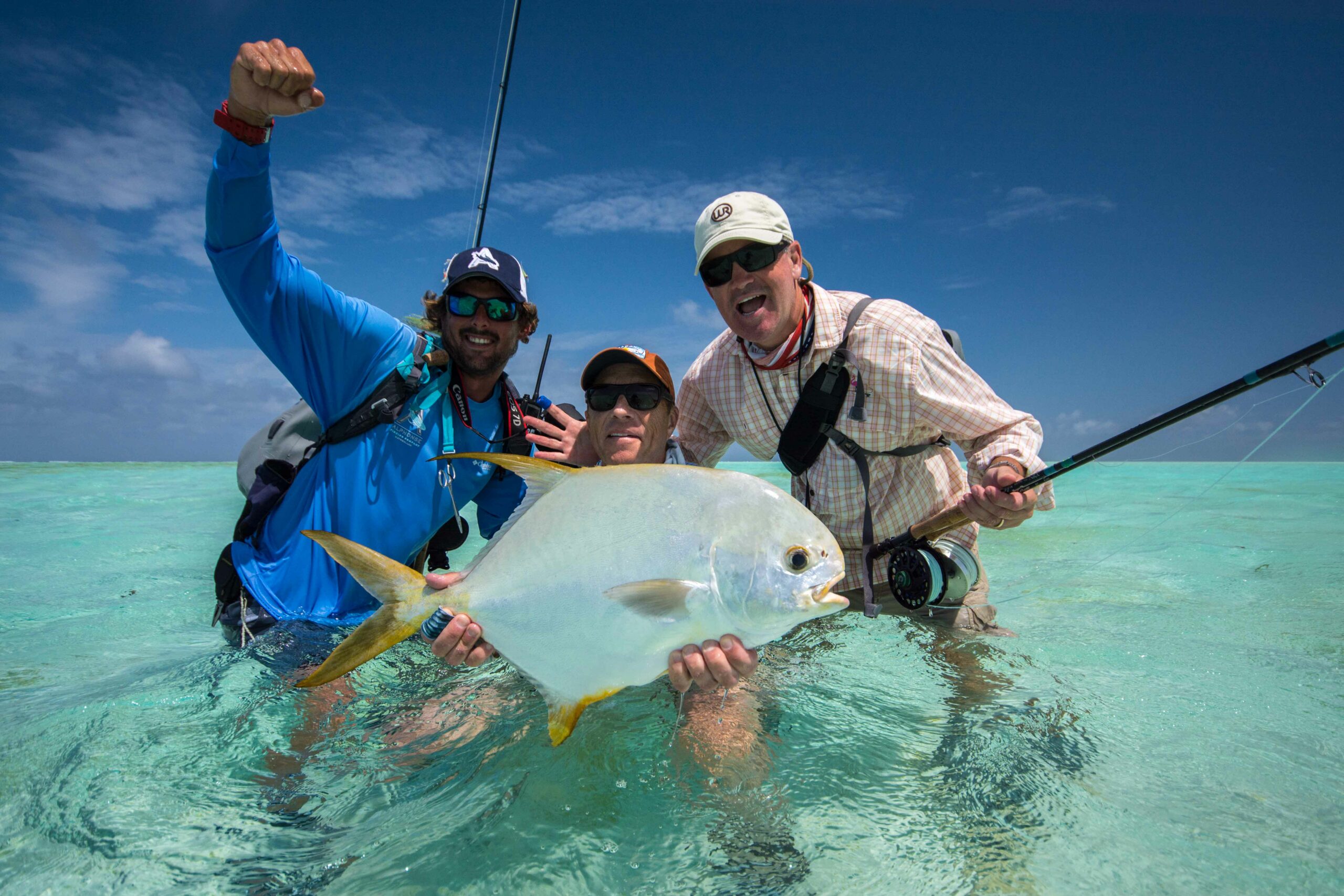
THE ULTIMATE SALTWATER FLY FISHING DESTINATIONS
-
Alphonse Atoll
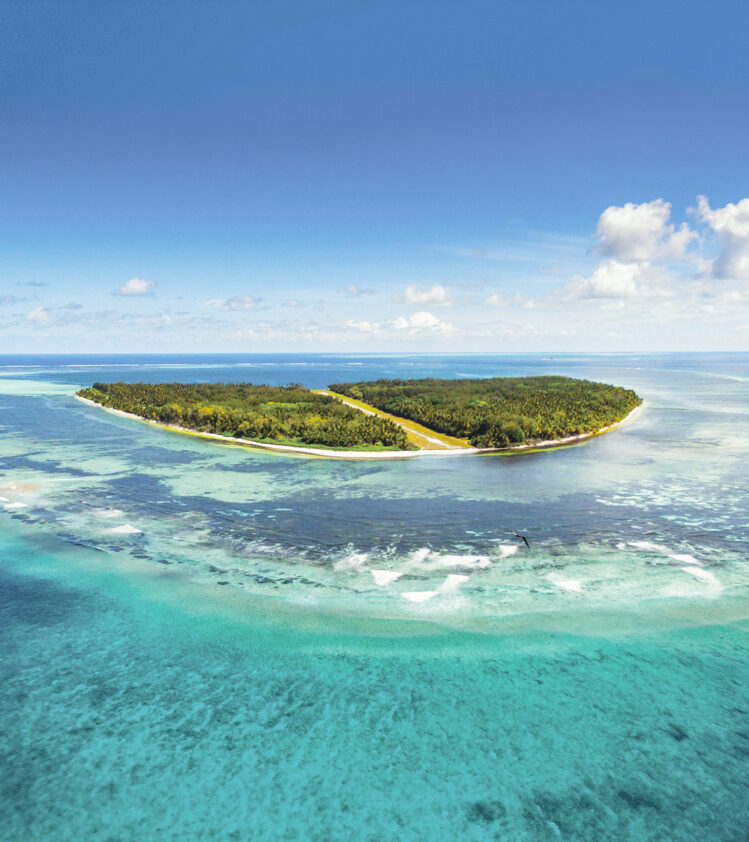 View Destination
View DestinationAlphonse Atoll
Three atolls and islands called Alphonse, Bijoutier and St Francois.
-
Cosmoledo Atoll
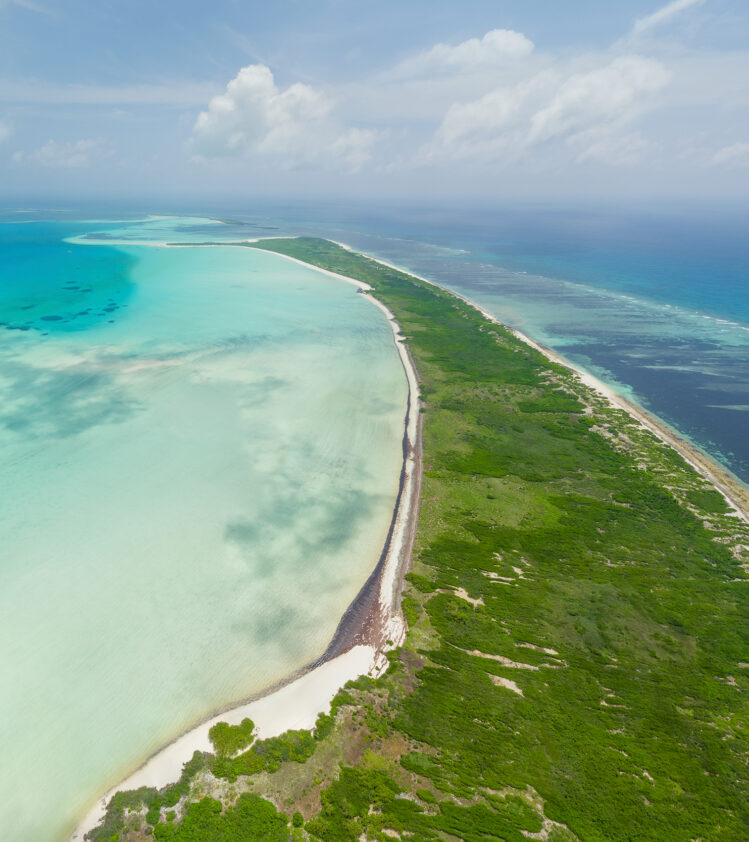 View Destination
View DestinationCosmoledo Atoll
One atoll with a vast lagoon surrounded by nineteen islands.
-
Astove Atoll
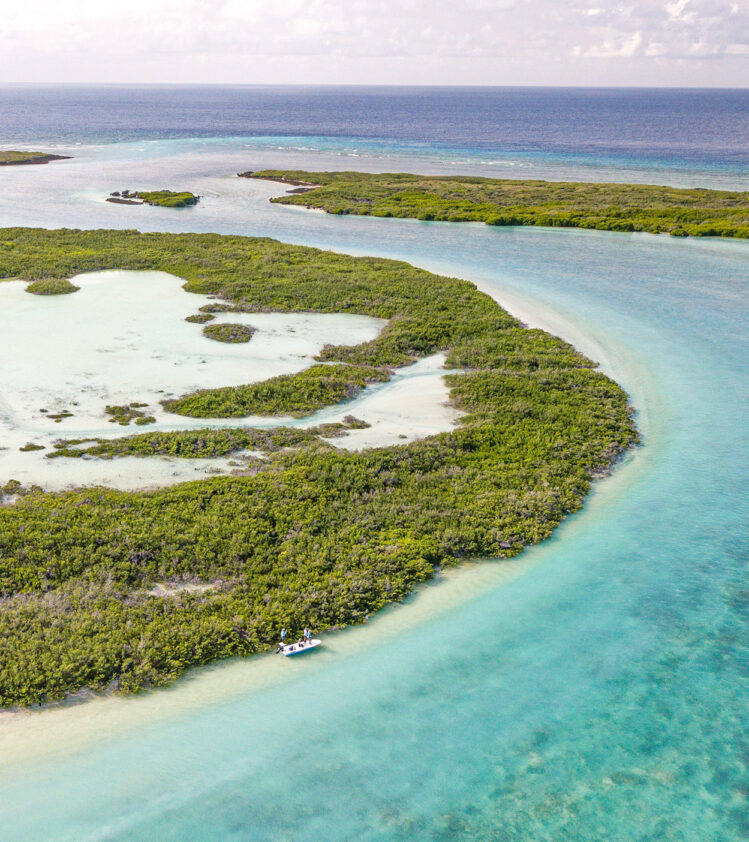 View Destination
View DestinationAstove Atoll
One atoll with an enclosed lagoon surrounded by flats and sheer drop offs.
-
Farquhar Atoll
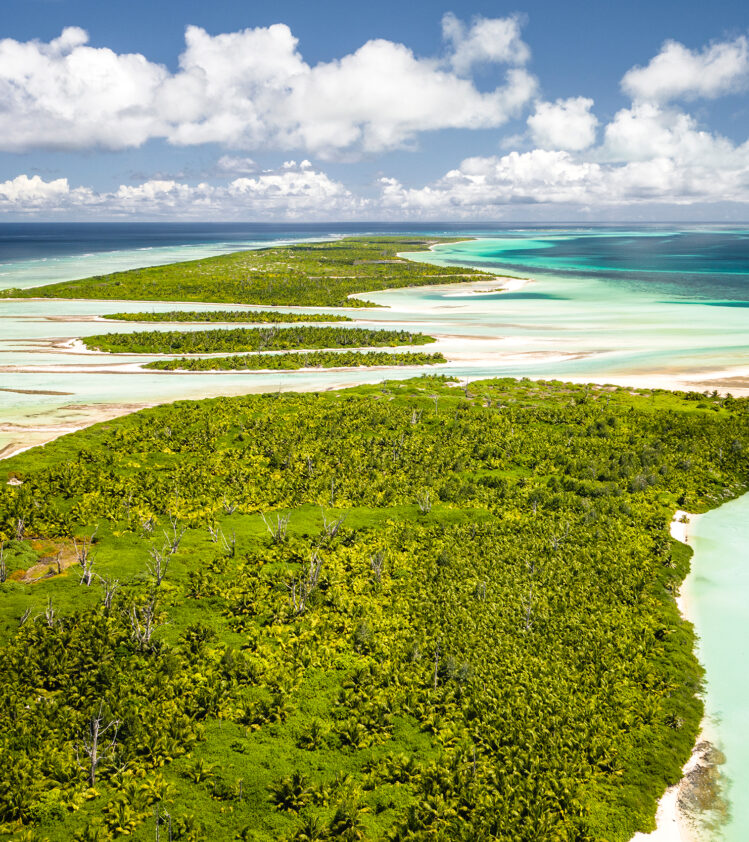 View Destination
View DestinationFarquhar Atoll
One atoll with a vast lagoon surrounded by nine islands.
-
Amirante Islands
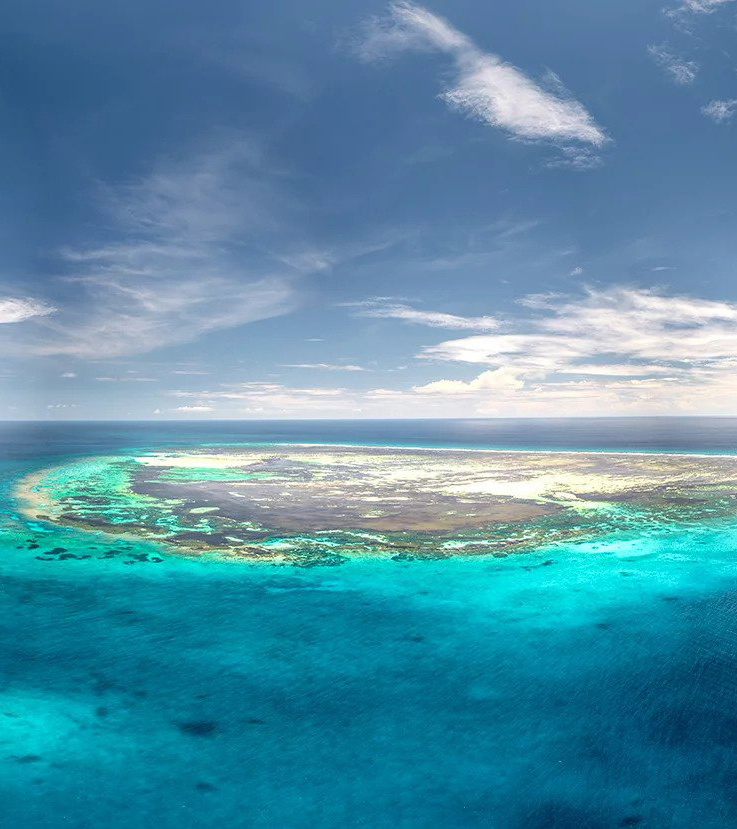 View Destination
View DestinationAmirante Islands
African Banks, Remire Reef, St Joseph’s Atoll and Poivre Atoll.
-
Providence Atoll
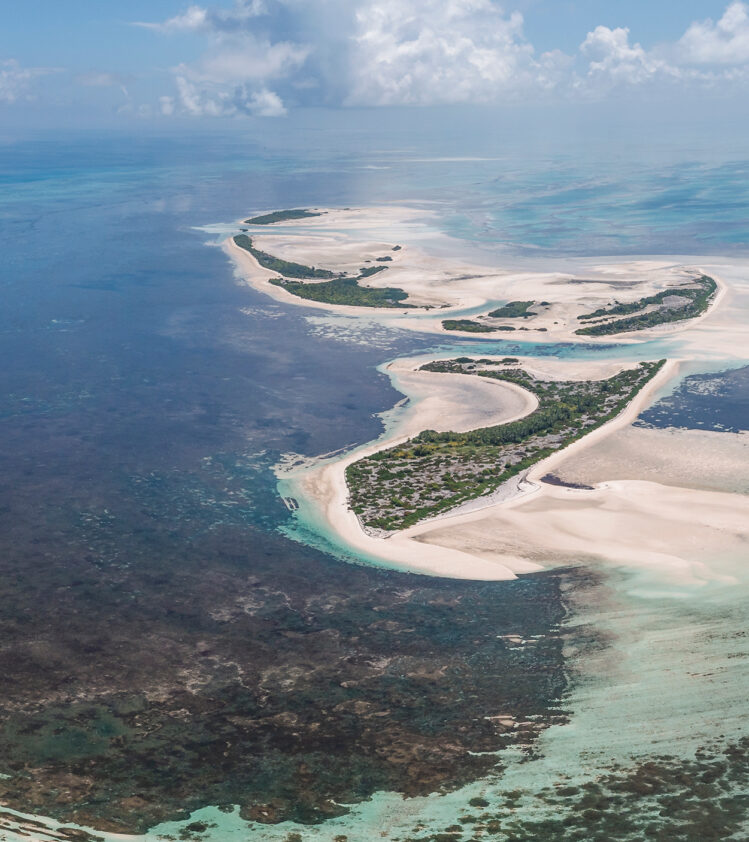 View Destination
View DestinationProvidence Atoll
One vast atoll with a shallow lagoon, sand banks, flats and channels.
MAKE YOUR INDO-PACIFIC PERMIT FLY FISHING DREAM COME TRUE
Turn your fly into a fish’s ultimate temptation. The Seychelles, with its 115 islands and deserted atolls, ideal weather and warm Indian Ocean waters, is renowned for being home to some of the world’s richest fishing grounds. You don’t even have to venture too far to break fishing records!
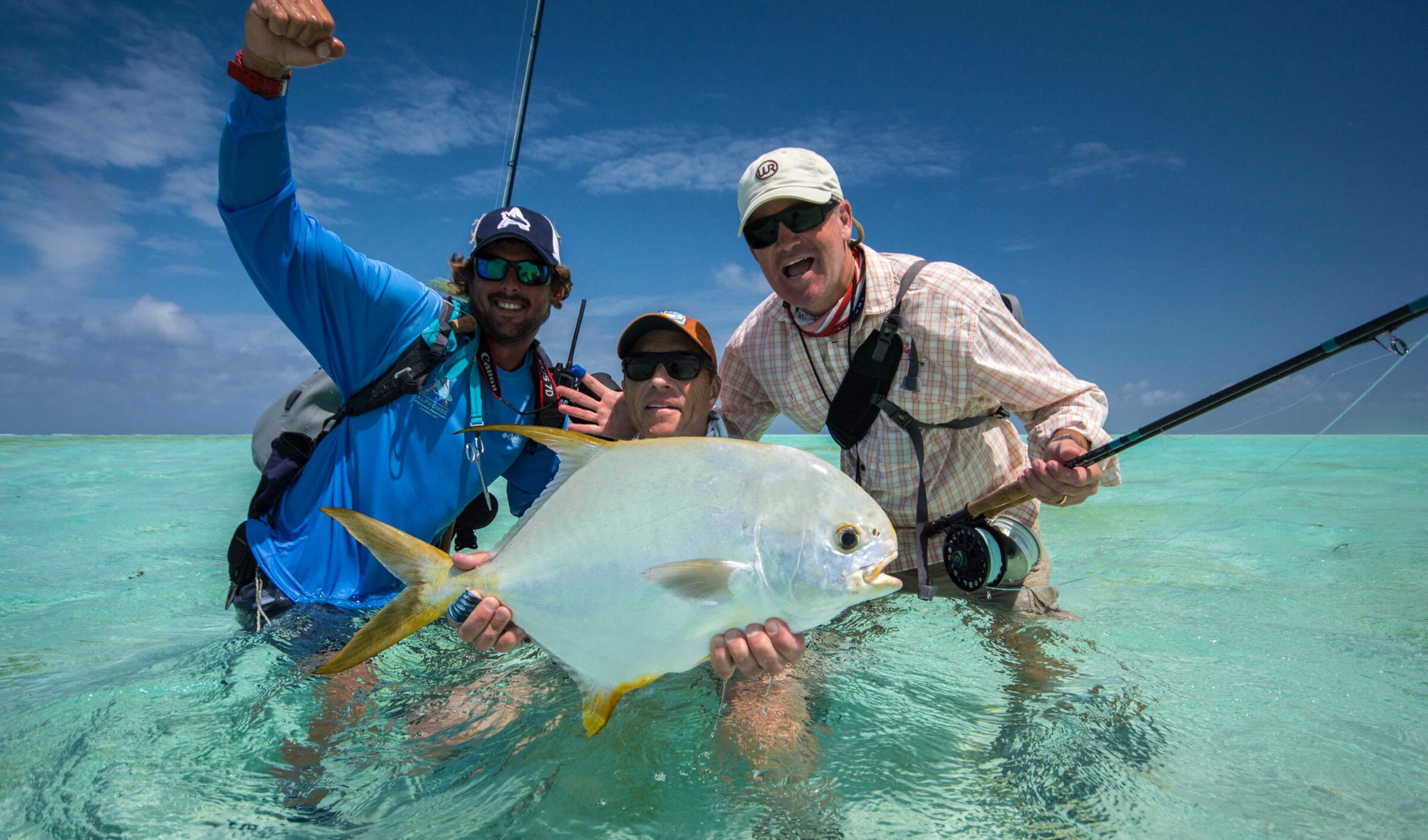
Highlights
- Home of the world's best fly fishing
- Unique, bespoke trips to suit your needs
- Located in the pristine remote outer islands of the Seychelles
- Luxury accommodation and exquisite food
- Unrivalled professional guides
- Some of the richest fishing grounds in the world
Latest Fly Fishing Blog Posts
-
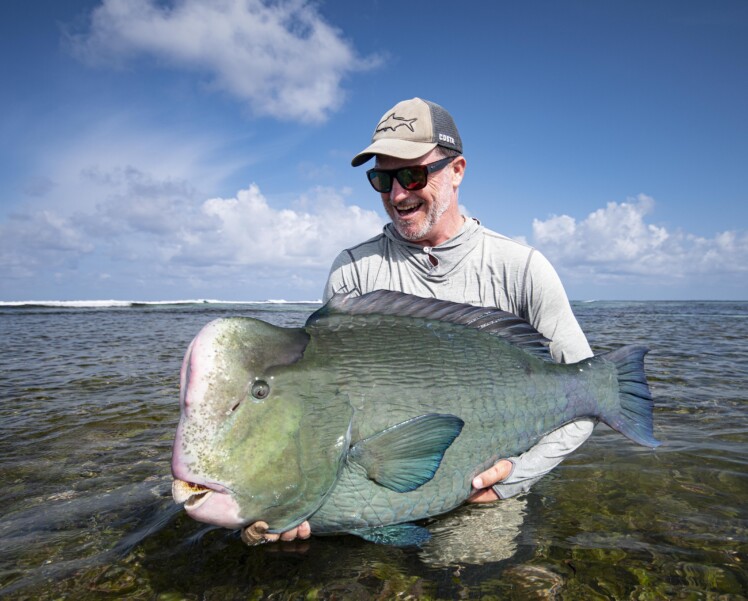
OPENING WEEK – PROVIDENCE ATOLL (22 – 29 JAN 2023)
Read More -
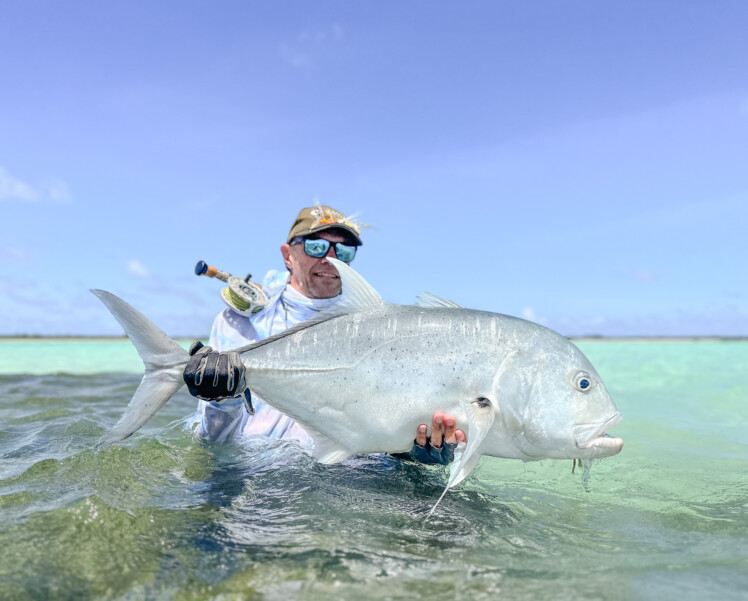
FARQUHAR ATOLL FLY FISHING REPORT (18 – 25 JAN 2023)
Read More -

ALPHONSE ISLAND FLY FISHING REPORT (14 – 21 JAN 2023)
Read More
Other Popular Fly Fishing Species at Alphonse Fishing Co™
Join our fishing community
Join our community to get regular updates about our fishing adventures, guide updates and special offers.
